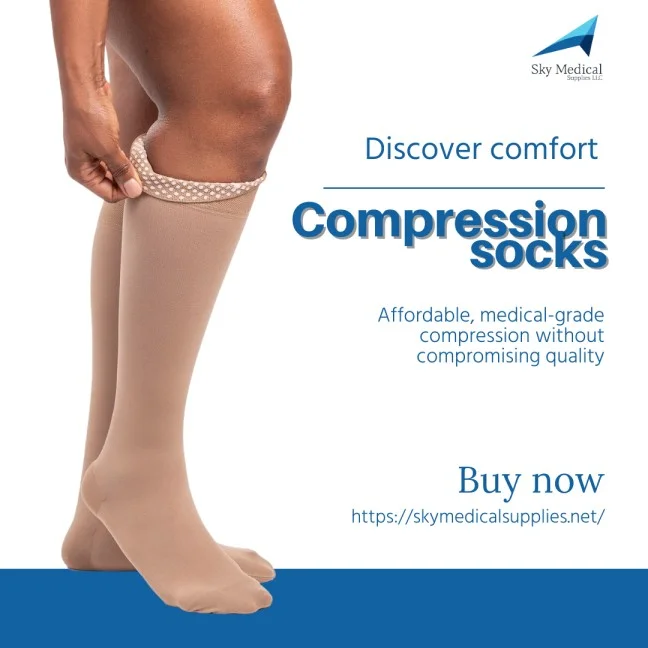
What is Fluid Retention?
Fluid retention refers to the accumulation of fluids in the body's tissues, leading to swelling or edema. It can occur in any part of the body, including the ankles, thighs, breasts, and abdomen. The most common cause of fluid retention is hormonal imbalance, particularly excess estrogen. Other causes include heart or kidney disease, liver problems, or certain medications.
Signs and Symptoms
The most common signs of fluid retention are swelling of the ankles and puffiness of the face and hands. Clothes, shoes, and jewelry may feel tight, and weight gain may occur. In severe cases, fluid retention can cause shortness of breath and difficulty breathing.
The Benefits of Compression Socks in Preventing Fluid Retention
What are Compression Socks?
Compression socks are tight-fitting socks made of medical-grade materials. They are designed to provide graduated pressure on the legs, improving blood flow and preventing tissue accumulation. Compression socks come in varying sizes, styles, and colors and are commonly used for running, hiking, and sports.
How Compression Socks Help with Fluid Retention
Compression socks work by applying gentle pressure to the legs, promoting blood flow, and preventing tissue buildup. This pressure reduces the diameter of the veins, which helps to improve circulation and prevent swelling. Compression socks also help to prevent blood from pooling in the legs and feet, reducing the risk of blood clots or thrombosis.
Other Benefits of Compression Socks
Aside from preventing fluid retention, compression socks offer several other benefits. They can help to reduce the risk of injury during physical activities, improve muscle strength and endurance, and speed up post-exercise recovery. Compression socks can also alleviate symptoms of venous insufficiency, varicose veins, and deep vein thrombosis.
How to Properly Use Compression Socks
Compression socks can be worn during the day, at night, and during exercise. They should be put on in the morning before leaving the bed and taken off at night. It's important to size the socks and ensure they fit snugly properly but not too tightly. After each use, compression socks should be washed in warm water without fabric softeners or bleach. They should also be replaced every three to six months.
Types of Compression Socks
Compression socks come in different styles, including knee-high, thigh-high, and penny hose. Knee-high compression socks are commonly used during physical activities and are designed to prevent Achilles tendon soreness. Thigh-high compression socks have a higher compression level and are used primarily for athletic purposes.
Sky Medical Supplies Compression Socks
Sky Medical Supplies provides high-quality compression socks in Denver, Colorado. Their compression socks are made from polyester, spandex, cotton, or nylon and are designed to provide support during physical activity or sitting. They are ideal for individuals with varicose veins, swelling, or fluid retention.